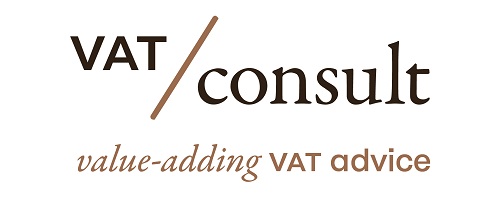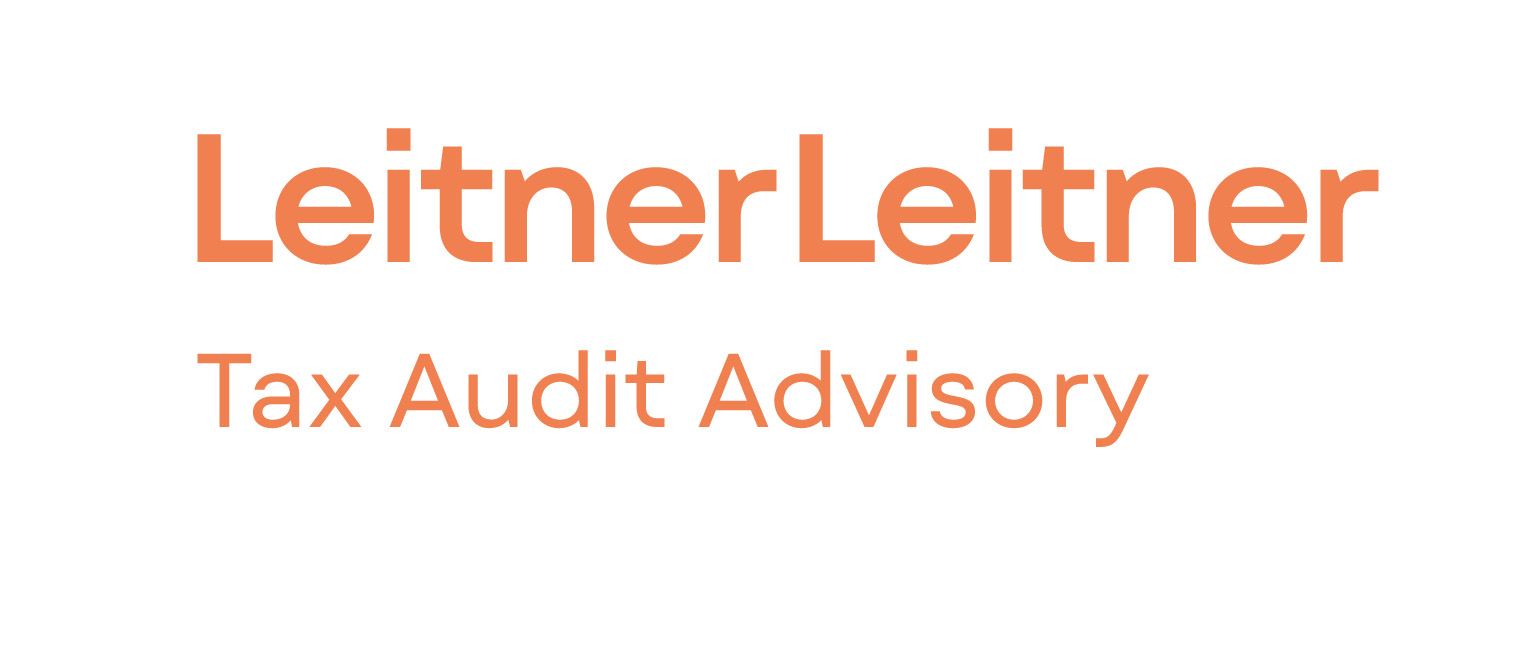- The 2023 EU VAT Gap Report shows a decrease in the VAT gap in 2021.
- The VAT gap is the difference between the VAT revenue that could be collected and the VAT that is actually collected.
- Factors contributing to the decrease in the VAT gap include measures adopted during the COVID-19 pandemic, changes in consumption patterns, and administrative reforms.
- Recent EU VAT developments include the VAT e-commerce package, measures to fight fraud, and the proposed VAT in the Digital Age reform.
- The proposed VAT in the Digital Age reform includes changes in digital reporting requirements, rules for the platform economy, and VAT registration requirements.
- The implementation of these developments is expected to improve VAT compliance and simplify processes for businesses.
- The future of the VAT system may involve technological advancements and collaboration between tax authorities and taxpayers.
- The ViDA proposals are welcomed by businesses and aim to simplify VAT registration requirements and increase voluntary compliance.
Source: allenovery.com
Note that this post was (partially) written with the help of AI. It is always useful to review the original source material, and where needed to obtain (local) advice from a specialist.
Latest Posts in "European Union"
- CEN Approves Revised EN 16931: A Milestone for ViDA Implementation
- Successful Implementation of VAT in the Digital Age (ViDA) Discussed with Commissioner Hoekstra
- General Court T-638/24 (D GmbH) – AG Opinion – VAT on Intra-Community Acquisitions Not Precluded by Errors
- Commission Backs Italy’s VAT Derogation on certain vehicles Through 2028
- Comments on GC T‑575/24 – AG – Contrary to EU law if services provided to members are regarded as internal acts














